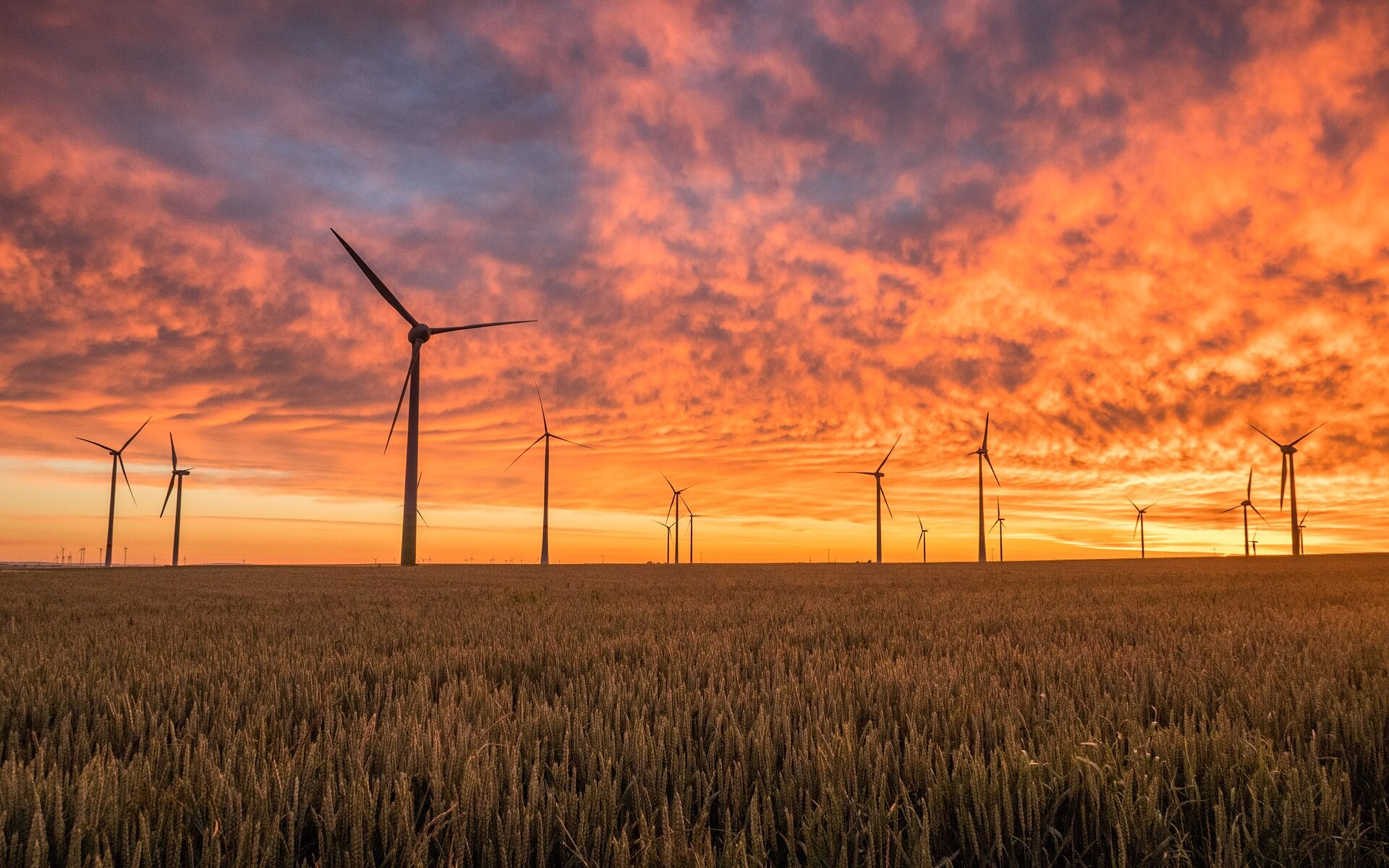Over the years, greenhouse gases (GHGs) have been found to be responsible for the degradation of our environment which manifests itself in increased air pollution and today in climate change. Remember that the greenhouse effect results from human activities, in particular the use of fossil fuels. Thus, the use of renewable energies is proving to be one of the preferred solutions for effectively reducing these emissions. In this article, we will introduce you to 5 alternatives of renewable energy sources: solar, wind, hydro, biomass and geothermal.
Solar energy
The sun’s rays are captured to produce heat or electricity. This is thanks to solar panels which are of two types: thermal and photovoltaic. The photovoltaic panels work with an inverter and a meter, to transform the electricity collected into alternating current, and to manage the quantity of current introduced into the network.
This source of energy is inexhaustible and it has the advantage of being able to be used for both domestic and professional use. As for the lifespan of the panels, it is about 30 years. These are perfectly recyclable, being made of glass, aluminum and plastic. Same for the inverter and the meter whose waste is WEEE (waste electrical and electronic equipment).
Wind energy
It is from the atmospheric pressures generating air movements that energy is obtained. Wind turbines or aerogenerators use this kinetic energy to produce electricity. Their constituent elements are the mast, the propeller, the nacelle and the power lines. The electricity comes from the nacelle, then conveyed by the power lines connected to the network.
The lifespan of the wind turbine is about 30 years and the material can be 90% recycled, except for the blades which are made of fiberglass or carbon, that is to say composite materials.
Hydraulic energy
Hydraulic energy, which represents the most important source of renewable energy, is obtained from the exploitation of a certain flow and volume of water. The treatment is carried out in hydroelectric power stations which are most often installed near rivers and rivers. Several hydraulic structures can be set up: along the water or low fall, sluice or medium fall (in low-relief regions), and lake or high fall (in high mountain sites). Dams are erected to retain the water that the plant uses for the production of electricity.
Power plants have an almost unlimited lifespan; however, the facilities require regular monitoring, particularly in terms of dam maintenance.
Biomass energy
Prehistoric men were already using biomass energy since the discovery of fire. Organic materials from plant and animal waste are intended for combustion in order to release thermal and electrical energy: this is biomass by combustion, and this takes place in incineration plants. Biomass by anaerobic digestion, on the other hand, uses the transformation of these organic materials into biogas. In short, this source of energy comes from the recovery of waste and is a real asset for the protection of the environment.
Geothermal energy
As for geothermal energy, it finds its source in the heat of the earth, and more precisely from the water in the underground water tables. The temperature increases as they go deeper, with a rise of 1°C every 30 meters. It is through a geothermal power plant that the energy is released. There are several types of power plants: dry steam, condensing or even combined cycle.
Geothermal energy offers a good economic and environmental report; however, the energy it provides is not inexhaustible over time, since the heat reservoir could decrease over the course of its operation.
Energy transition in Mauritius : A long road ahead
So, we have talked about renewable energies and their various benefits on the environment. But what about its feasibility? Be careful: energy transition is a gargantuan task for any economy and tends to lead to more expensive energy due to the intermittency of solar or wind electricity production. Indeed, to convert fully to renewable energies, the island would have to be able to supply a constant production over the whole year. We must consider days with no sun or no wind that affect the base load capacity of the national power grid. Until now, no country in the world has been able to become industrialized with 100% renewable energy.
Is it vain then? No, not at all. In the long run, renewable energy is the way of the future. Fossil fuels will eventually run out – this fact is undisputed. Investing now in renewable energy is one way to ensure a cleaner, safer and more sustainable future.
